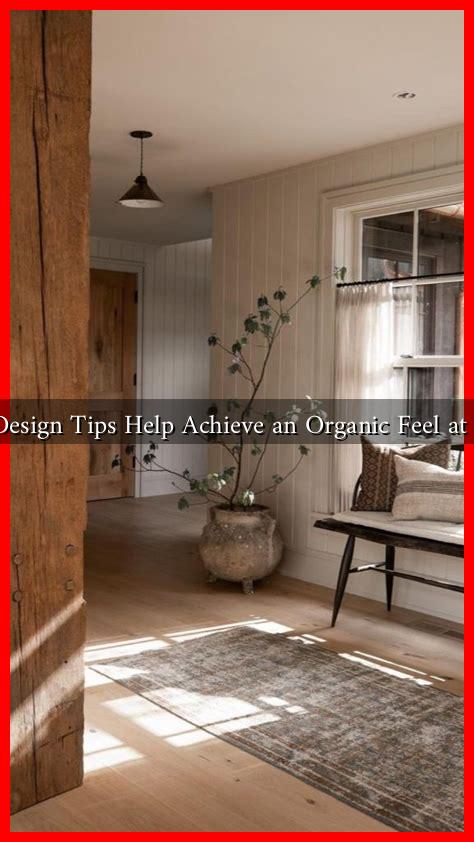-
Table of Contents
What Design Tips Help Achieve an Organic Feel at Home?
Creating an organic feel in your home is about more than just aesthetics; it’s about fostering a sense of connection with nature and promoting well-being. An organic design approach emphasizes natural materials, earthy colors, and a harmonious relationship between indoor and outdoor spaces. In this article, we will explore effective design tips that can help you achieve an organic feel at home.
1. Embrace Natural Materials
One of the most significant aspects of organic design is the use of natural materials. These materials not only enhance the aesthetic appeal of your home but also contribute to a healthier living environment. Consider incorporating the following:
- Wood: Use reclaimed or sustainably sourced wood for flooring, furniture, and accents. The warmth of wood adds a cozy, inviting atmosphere.
- Stone: Incorporate natural stone in countertops, backsplashes, or even as decorative elements. Stone adds texture and a sense of permanence.
- Textiles: Opt for organic cotton, linen, or wool for upholstery and curtains. These materials are not only eco-friendly but also breathable and comfortable.
According to a study by the Green Building Advisor, homes built with natural materials can improve indoor air quality and reduce environmental impact.
2. Choose Earthy Color Palettes
Colors play a crucial role in creating an organic feel. Earthy tones can evoke a sense of calm and connection to nature. Here are some color suggestions:
- Greens: Shades of green can mimic the outdoors and promote tranquility.
- Beiges and Browns: These colors can create a warm, grounded atmosphere.
- Soft Blues: Light blue hues can evoke the sky and water, adding a refreshing touch.
When selecting colors, consider using a color wheel to find complementary shades that enhance the organic feel of your space.
3. Incorporate Indoor Plants
Bringing nature indoors is a fundamental aspect of organic design. Indoor plants not only beautify your space but also improve air quality and boost mood. Here are some popular options:
- Snake Plant: Known for its air-purifying qualities, it’s also low-maintenance.
- Pothos: This trailing plant is perfect for adding greenery to shelves or hanging baskets.
- Fiddle Leaf Fig: A statement plant that can add height and drama to a room.
According to a study published in the Journal of Physiological Anthropology, indoor plants can significantly reduce stress and enhance overall well-being.
4. Create a Seamless Indoor-Outdoor Connection
To achieve an organic feel, it’s essential to blur the lines between indoor and outdoor spaces. Here are some design strategies:
- Large Windows: Install expansive windows or sliding glass doors to invite natural light and views of the outdoors.
- Outdoor Living Spaces: Create patios or decks that extend your living area outside, complete with comfortable seating and greenery.
- Natural Pathways: Use stone or wood pathways that lead from your home to your garden, creating a cohesive flow.
Research from the National Institutes of Health indicates that spending time in nature can significantly improve mental health and cognitive function.
5. Prioritize Minimalism and Functionality
An organic home should feel uncluttered and functional. Embrace minimalism by focusing on essential items that serve a purpose. Consider the following:
- Declutter: Regularly assess your belongings and remove items that no longer serve you.
- Multi-functional Furniture: Invest in furniture that serves multiple purposes, such as a coffee table with storage.
- Open Spaces: Design open floor plans that promote flow and ease of movement.
According to a survey by the American Psychological Association, a clutter-free environment can lead to increased focus and reduced stress levels.
Conclusion
Achieving an organic feel at home is a holistic approach that combines natural materials, earthy colors, indoor plants, and a seamless connection to the outdoors. By embracing minimalism and functionality, you can create a space that not only looks beautiful but also promotes well-being. Remember, the goal is to create a sanctuary that reflects your connection to nature and enhances your quality of life. Implement these design tips, and you’ll be well on your way to transforming your home into an organic oasis.

